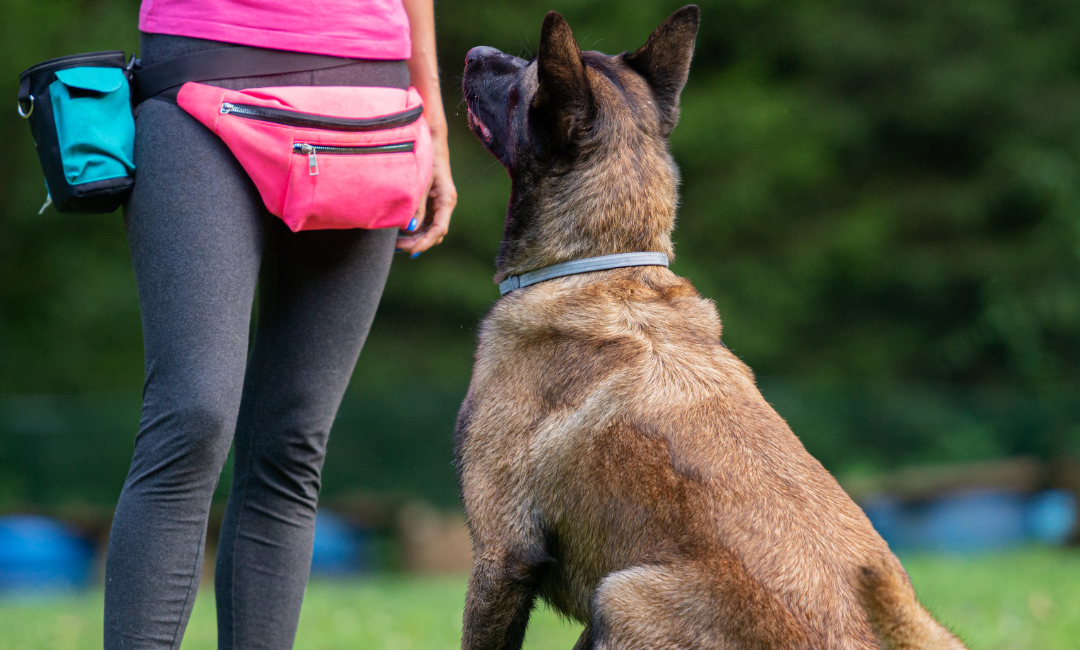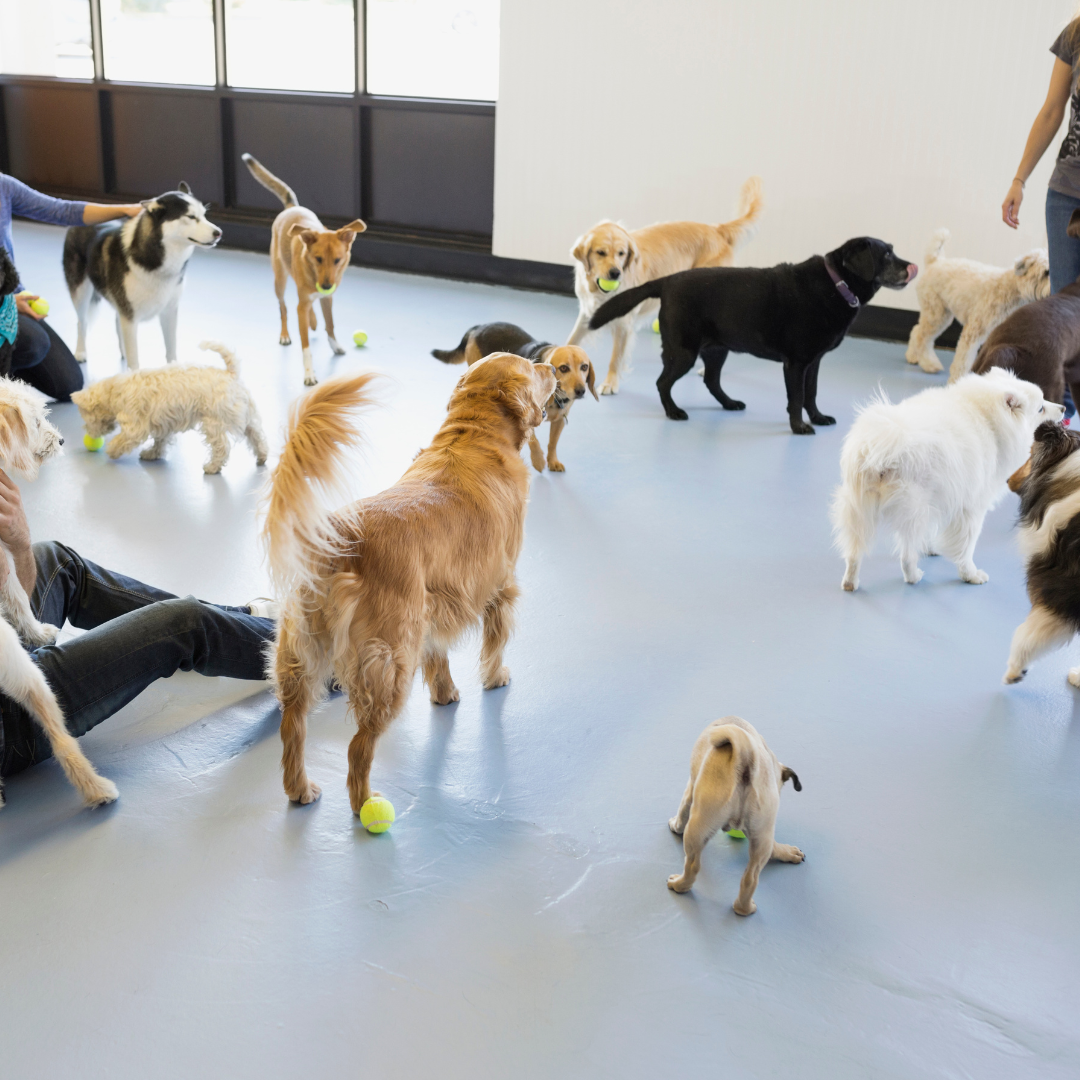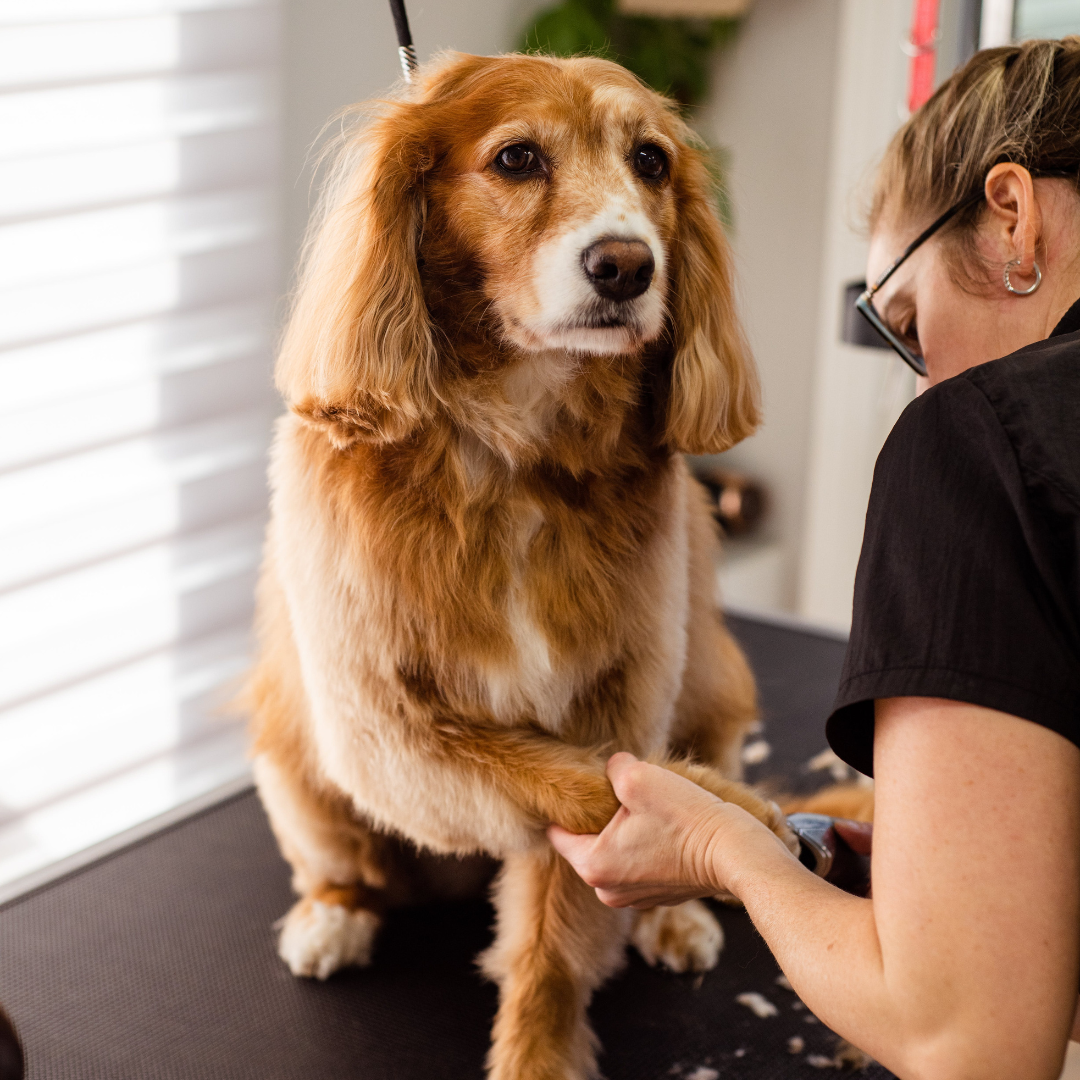Consistent dog training is one of the most valuable investments you can make in your dog’s future. It’s about more than teaching your dog basic commands—it’s about ensuring their overall well-being, fostering good behavior, and strengthening the bond between you and your pet. In this blog, we’ll explore why regular training is essential and the different methods to train dogs effectively.
The Importance of Regular Dog Training
Training isn’t a one-time event; it’s an ongoing process that shapes your dog’s behavior and personality. Here’s why consistent training is crucial:
- Builds a Strong Relationship: Training sessions are an excellent opportunity to build a deeper connection with your dog. Regular training fosters trust, communication, and respect, making your dog more responsive and eager to please.
- Prevents Behavioral Issues: Consistent training helps prevent common behavioral problems such as jumping, pulling on the leash, excessive barking, and aggression. A well-trained dog is less likely to develop these issues, leading to a more peaceful home environment.
- Ensures Safety: A well-trained dog is a safer dog. Training teaches your dog to respond to commands that can prevent dangerous situations, such as running into traffic or approaching unknown animals.
- Enhances Socialization: Training often involves exposing your dog to different environments, people, and other animals. This exposure is key to socializing your dog, reducing fearfulness, and helping them adapt to various situations.
- Improves Quality of Life: A trained dog is a happy dog. Training provides mental stimulation, physical exercise, and a sense of purpose, all of which contribute to your dog’s overall well-being and happiness.
Different Methods of Dog Training
There are several methods used in dog training, each with its own approach and benefits. Understanding these methods can help you choose the best one for your dog’s needs.
- Positive Reinforcement Positive reinforcement is among the most popular and effective training methods. It involves rewarding your dog for displaying desired behaviors, which encourages them to repeat those behaviors in the future. Rewards can include treats, praise, toys, or anything your dog finds motivating. This method is based on the principle that rewarded behaviors are more likely to be repeated.
Benefits: Positive reinforcement builds trust between you and your dog, making training a positive experience. It’s especially effective for teaching new commands and behaviors. - Clicker Training Clicker training is a form of positive reinforcement that uses a small device that makes a clicking sound to mark the exact moment your dog performs a desired behavior. The click is followed by a reward, helping your dog associate the behavior with a positive outcome.
Benefits: Clicker training is precise and can speed up the learning process. It’s beneficial for complex behaviors and for teaching tricks. - Lure-Reward Training In lure-reward training, a treat or toy guides your dog into the desired position or behavior. Once your dog performs the behavior, they receive the reward. Over time, the lure is phased out, and the behavior is maintained through verbal commands and hand signals.
Benefits: This method is straightforward and effective for teaching basic commands such as sit, lie down, and heel. - Modeling (Mimicry) involves demonstrating the desired behavior yourself or using another dog to show the behavior you want your dog to learn. For example, if you want your dog to lie down, you might gently place it in that position and then reward it.
Benefits: This method helps dogs understand what is expected of them and can be particularly useful for behaviors that are difficult to teach with other methods. - Balanced Training Balanced training combines elements of both positive reinforcement and corrective measures. While the primary focus is on rewarding good behavior, this method also includes corrections for unwanted behaviors, such as a firm “no” or a gentle leash tug.
Benefits: Balanced training can be effective for dogs that need clear boundaries, but it requires careful application to avoid causing confusion or anxiety in the dog.
Choosing the Right Training Method for Your Dog
The best training method for your dog depends on their personality, age, and any specific behavioral issues you’re addressing. Positive reinforcement is recommended as the most effective and humane approach, particularly for new or young dogs. However, combining methods may be beneficial depending on your dog’s needs and the goals you have for their training.
Consistency is Key
Regardless of the method you choose, consistency is crucial. Regular training sessions, clear commands, and consistent rewards will help reinforce the behaviors you want to see in your dog. Consistency ensures that your dog understands what is expected of them and helps them learn more quickly.
Conclusion
Consistent dog training is essential for raising a well-behaved, confident, and happy pet. By choosing the right training method and staying committed to regular sessions, you can help your dog thrive at home and in the world. Remember, training is not just about teaching commands; it’s about building a strong bond with your dog and setting them up for a lifetime of success.
If you’re ready to start or continue your dog’s training journey, consider the expert programs at A Dog’s Way Inn. Our experienced trainers are here to help you and your dog achieve your training goals with effective, compassionate methods. Contact us today to learn more about our training programs and how we can support you in raising a well-trained, happy dog.



